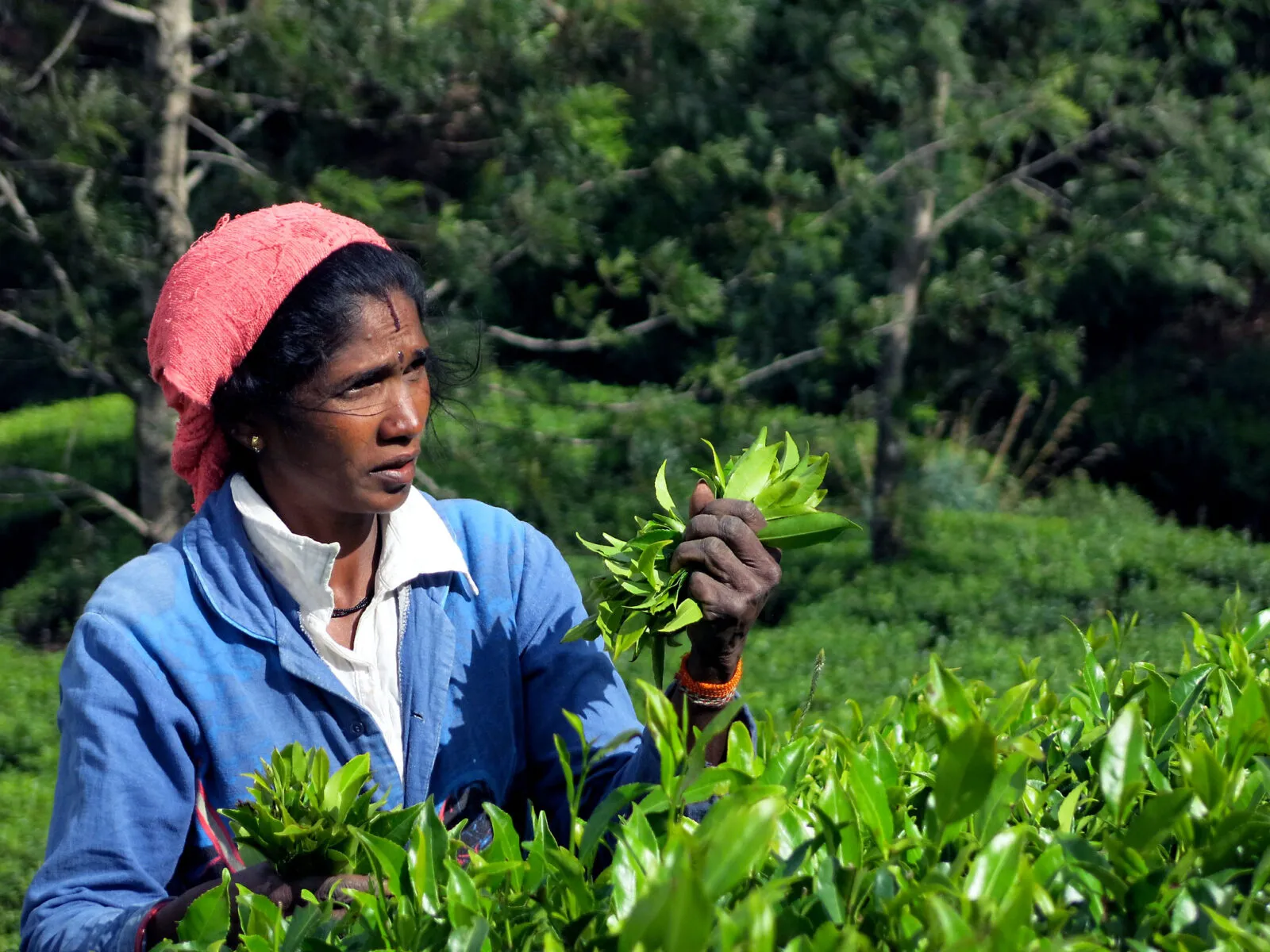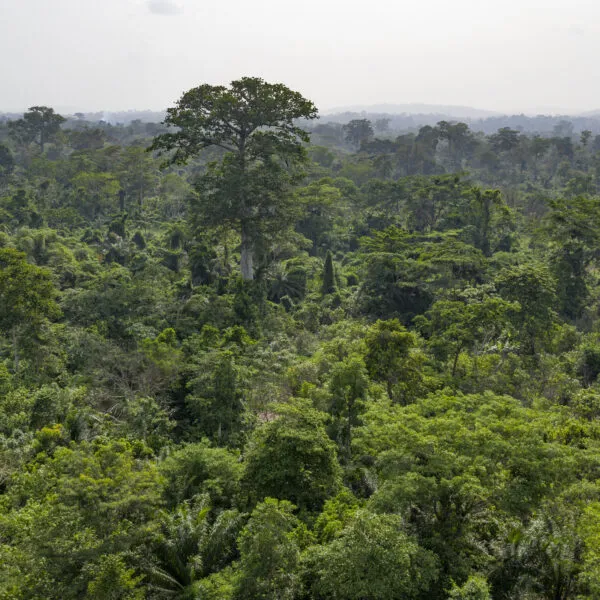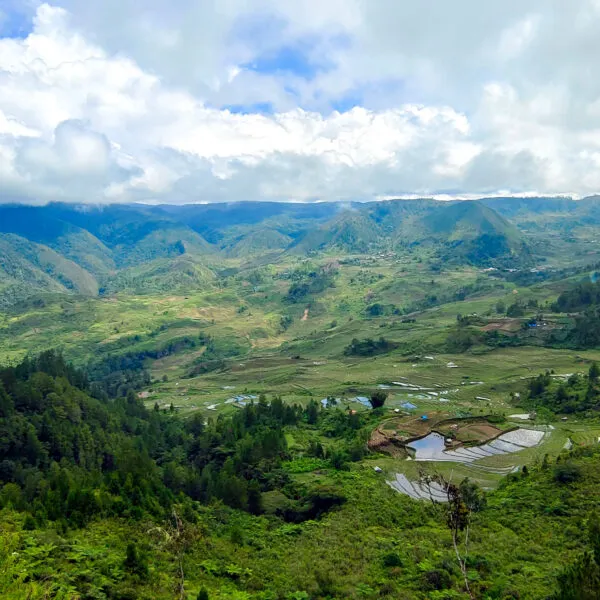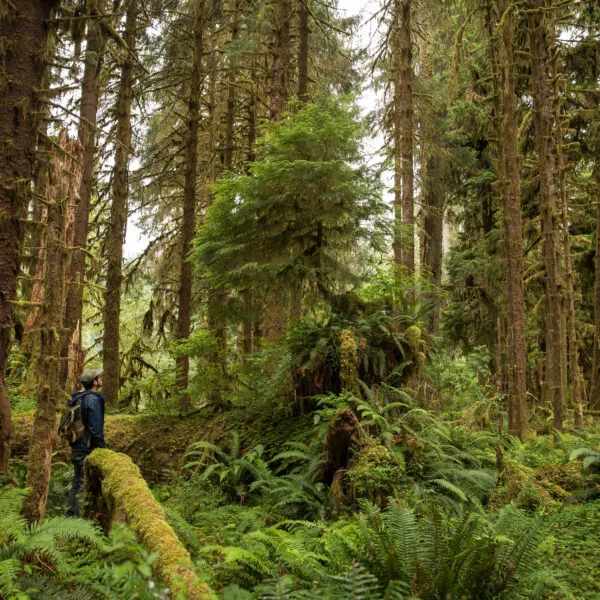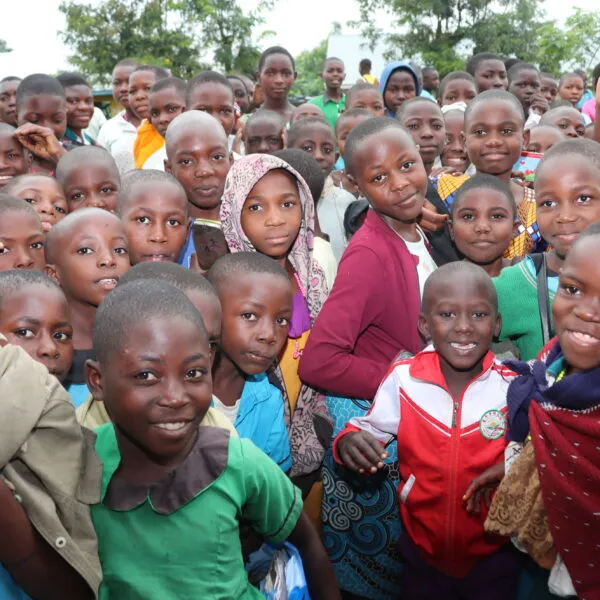Although compact in size, Sri Lanka boasts a wide array of ecosystems and one of the highest concentrations of species in the world, many found only in this beautiful island nation.
But this biodiversity hotspot is also home to more than 22 million people, so an ongoing effort is needed to maintain the delicate balance between humans and wildlife. Further complicating matters was the onset in 2022 of the worst economic crisis in the country’s history, which resulted in severe currency depreciation, a 60 percent inflation rate, and shortages of essential resources such as fuel and medicine.
Preserving that crucial balance in Sri Lanka means conserving biodiversity and preventing deforestation, steps that not only safeguard wildlife habitat but also help economically vulnerable communities protect their water supplies and become more resilient to climate change. To support these objectives, the Rainforest Alliance has been working with regional tea estates, their employees, and other NGOs in the area.
Water of life
One successful initiative has focused on conserving microwatersheds—marshy valleys within the tea estates that include small water-catchment areas. Sri Lanka’s rivers originate in these microwatersheds, and any improvements there have impacts that are felt far downstream.
This work began in 2021, in Horton Plains, a national park and high-biodiversity area in the central highlands—mapping the microwatersheds, identifying native species, monitoring water quality, and adding barbed-wire fencing to prevent livestock grazing and other incursions. We also planted native trees to serve as a natural barrier in the future. Thus far, our efforts have helped to conserve 23 microwatersheds—and the work continues!
Inspiring future biodiversity champions
Looking to the future, we also created a young naturalist program, providing the children of tea-estate workers with environmental education that they can bring home and share with their families. Now these nature-loving teens can identify the local bird and fish species, and are actively promoting local awareness of biodiversity. Some of the older participants have since secured jobs with regional NGOs and government environmental agencies.
The leopard who came to tea
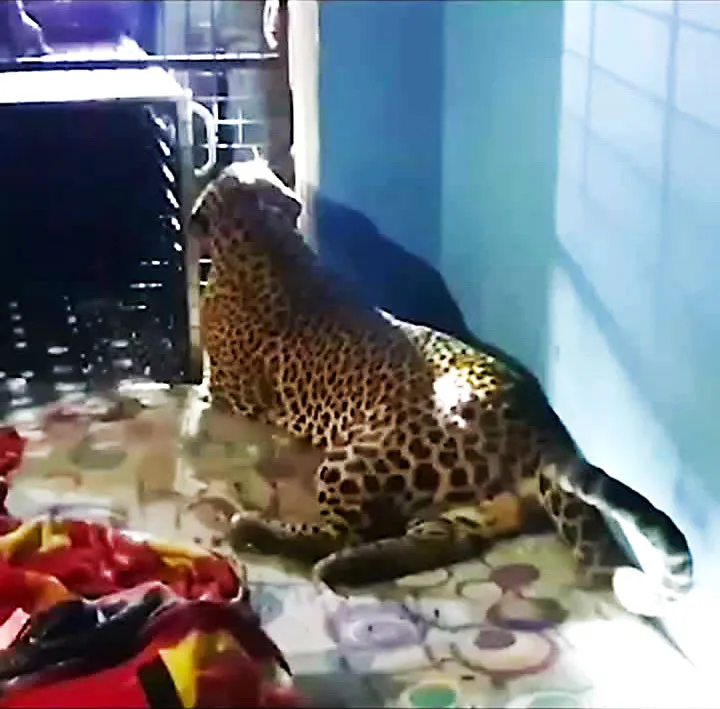
While the young naturalist program helped bring community members to the wildlife, occasionally the wildlife comes to the community, though sadly driven by shrinking habitat. Of primary concern is the Sri Lankan leopard (Panthera pardus kotiya), an endangered species that sometimes tracks its prey through the estates. To help tea workers know how to respond appropriately, we teamed up with the Wildlife and Nature Protection Society to offer human-wildlife conflict training.
Nearly 3,000 adults from 48 tea estates participated in these sessions, which were offered on each estate. Through a mix of roleplay exercises and handouts, workers learned more about the leopards and what to do if faced with one.
This training came in handy last year when a leopard chased a dog across the roofs of worker housing. While the dog ran away, the much-heavier leopard fell into a home. Thanks to the training, however, the family who lived there responded perfectly, locking the big cat safely inside until the wildlife department could rescue it and release it back into the wild.
The ultimate goal of all of these initiatives is to ensure there is a lasting impact beyond the lifespan of any individual project. Sekhar Damiyan, one of the young naturalists, says it best: “I’m going to form a group through the estate staff … and teach them how to protect the nature. My purpose is to tell others what we have learned.”
